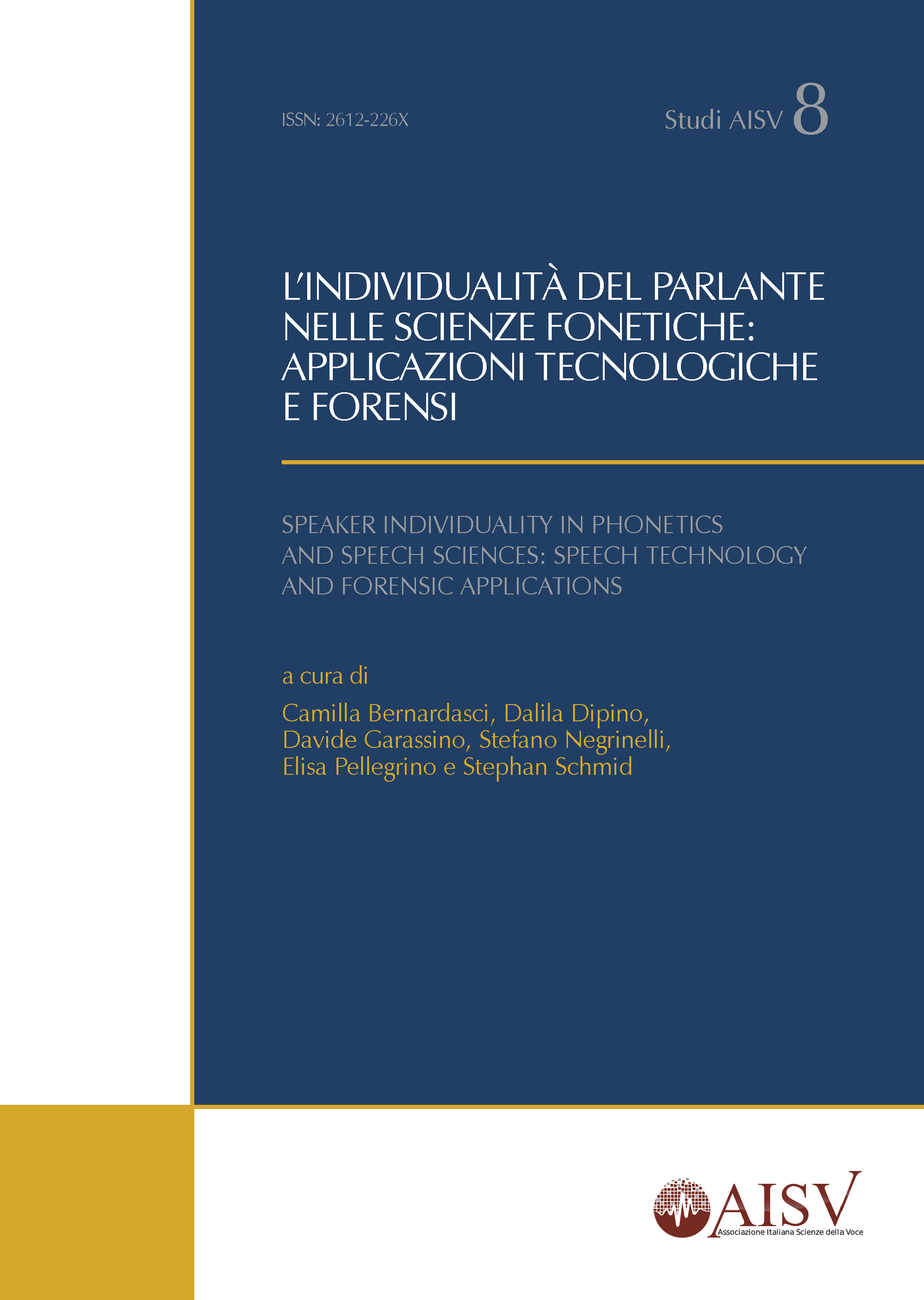Giudice o imputato?
La prosodia implicita e la risoluzione di ambiguità sintattiche globali
DOI:
https://doi.org/10.17469/O2108AISV000011Parole chiave:
syntactic ambiguity, parsing, prosody, psycholinguistics, phonologyAbstract
In sentences such as ‘Ha dimostrato la falsità delle accuse al comandante’ (he proved the falsity of the accusations to the commander) the last PP can be either a complement of the verb ‘ha dimostrato’ (proved) or a complement of NP ‘accuse’ (accusations): the two interpretations are equally possible. However, different languages show distinct preferences for one of these interpretations (Lovric, 2003): why this happens is unclear. Since prosodic phrasing can disambiguate syntactic structure (Kraljic, Brennan, 2005), the Implicit Prosody Hypothesis posits that even during silent reading a disambiguating prosodic structure is projected on the visual stimulus and this explains the different resolution preferences, based on the diversity of prosodic systems across languages (Fodor, 2002a). The results of an experiment testing this hypothesis with Italian speakers will be discussed.
Downloads
Pubblicato
Fascicolo
Sezione
Licenza

Questo lavoro è fornito con la licenza Creative Commons Attribuzione - Non commerciale 4.0 Internazionale.





